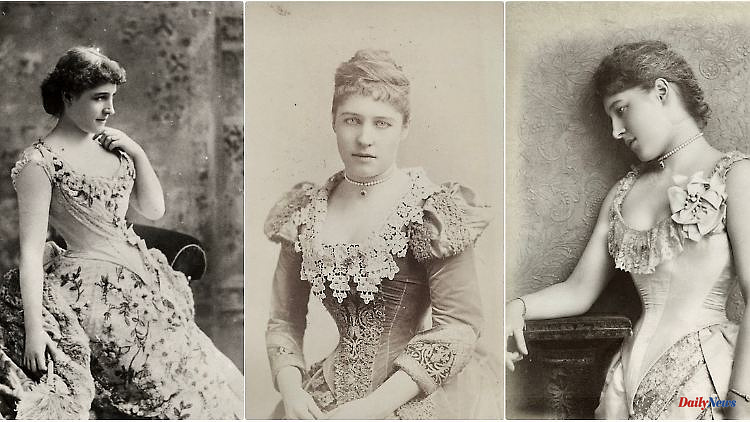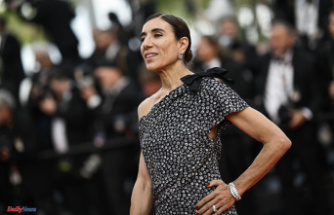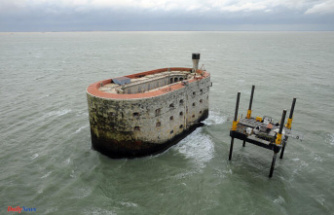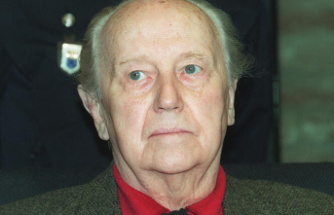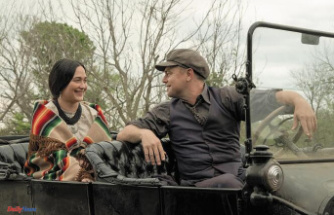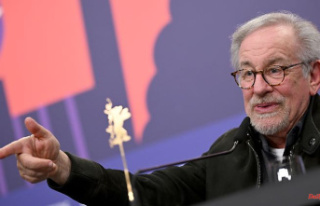What begins as an unspectacular hotel booking in London ends in the bedroom of a notorious concubine. An encounter with the ghost of Lillie Langtry - a woman of Victorian England fame. On the trail of a society lioness.
"Had I had the choice - I would have rather discovered Lillie Langtry than America. She is the most beautiful woman in the world." The Irish writer Oscar Wilde is quoted with this sentence in the 1925 autobiography of the woman he describes. Few people had engaged the public in the Victorian - and still united with Ireland - Kingdom as much as the actress Lillie Langtry. Her name was just as famous at the beginning of the 20th century and at least as notorious as Meghan Markle's is today.
Born in 1853 as the only daughter of the pastor William Le Breton on the Channel Island of Jersey, Lillie - Emilie at the time - was already 20 years later on the mainland as what was called "socialite": a "socialite" - popular as a witty conversationalist and loved as mistress, courtesan or concubine. She frequented the salons of the most influential London families - and frequented the bed with their male heads. When she became a mother for the first and only time in 1880, several men came into question as the father of daughter Jeanne-Marie. Officially, it finally became Prince Louis Battenberg, the "Sea Lord" of German origin, who called himself Mountbatten in 1917 - and as the grandfather of Prince Philip, he went down in history as the namesake of the English royal family.
Lillie Langtry's numerous affairs have been recorded as just as breathtaking as her performance on stage. Even Prince "Bertie", i.e. Edward VII (King from 1901 to 1910), was able to inspire her. After deliberately letting himself be placed next to her during a dinner in 1877, he courted her for several years and then supported her for decades - also with the consent of his German-Danish wife, Princess Alexandra.
Oscar Wilde and Lillie Langtry had been neighbors, at least for a time, in London in the 1890s. While the author took up residence at The Cadogan Hotel on Sloane Street in Chelsea, Langtry lived on the same block on Pont Street. When her apartment was added to the hotel, she was allowed to stay and lived in room 106 from then on. This was also the case in 1895, when Oscar Wilde was arrested in room 118 - with a male lover. He was imprisoned and died five years later. Langtry moved on.
You can still visit some of the traces she had left in London up until then and even book your own overnight stays - without any additional erotic services, of course. First there is the magnificently renovated hotel "The Cadogan" (pronounced kah-dogn), which belongs to the posh Belmond group. Not only the name of the restaurant "Lalee" should remind of the famous resident. If you want to feel like you're in your former room, book the 109 (not 106) and get your old entrance on Pont Street. After all, for the proud price of around 1000 euros per night you get the floor mosaic in the stairwell and the decoration of the ceilings and walls from Langtry's times. (Meanwhile, Oscar Wilde fans with the wherewithal will have to check into the Royal Suite to be closest to the scene of his arrest -- and the beginning of his end.)
Even more spectacular - because it's unexpected, cheaper and more authentic due to the lack of renovation - is a stay at the "Grand Royale Hotel". It is north of Hyde Park on Inverness Terrace. According to management, the four-storey, relatively narrow house was commissioned by King Edward VII himself as a city residence for Lillie Langtry. An indication that it could actually have been a royal prestige building is its French architect Frédéric Mewès, who designed the "Ritz" hotels in both Paris and London. The stained glass windows in the entrance and stairwell that have been preserved today also provide clues: they show the oldest coats of arms of the English kings with the three lions by Richard the Lionheart - The Three Lions.
A number of the rooms, with many preserved details, indicate a recognizable exclusive use - for example the completely wood-panelled drawing room next to the entrance, where a portrait of King Edward hangs. Behind it is today's bar, which is divided into two areas: a higher one with a dance floor and the auditorium with its own box for three guests of honor. As Langtry's lovers knew of each other and were even on friendly terms, it is quite possible that King Edward sat here alongside Admiral Mounbatten and Prime Minister Gladstone, for example. Or her second husband Huge Gerald de Bathe. Only her first husband, Edward Langtry, from whom she was bitterly estranged, will not have appeared there.
A magnificent staircase, still with the old ceiling painting, leads to two magnificent lounges on the first floor, which are now used as breakfast rooms. Past a small ledge on which Lillie is said to have stood and greeted her guests singing, the stairs lead up to the upper floors, which are unfortunately completely built up.
The only room said to have survived is a suite with a four-poster bed, said to have been Lillie Langtry's bedroom. It is above all the still opulent white and black marble bathroom with its free-standing bathtub that evokes Lillie's spirit. "The water of a bath still washed away the painful and the beautiful memories," Lillie is quoted as saying.

